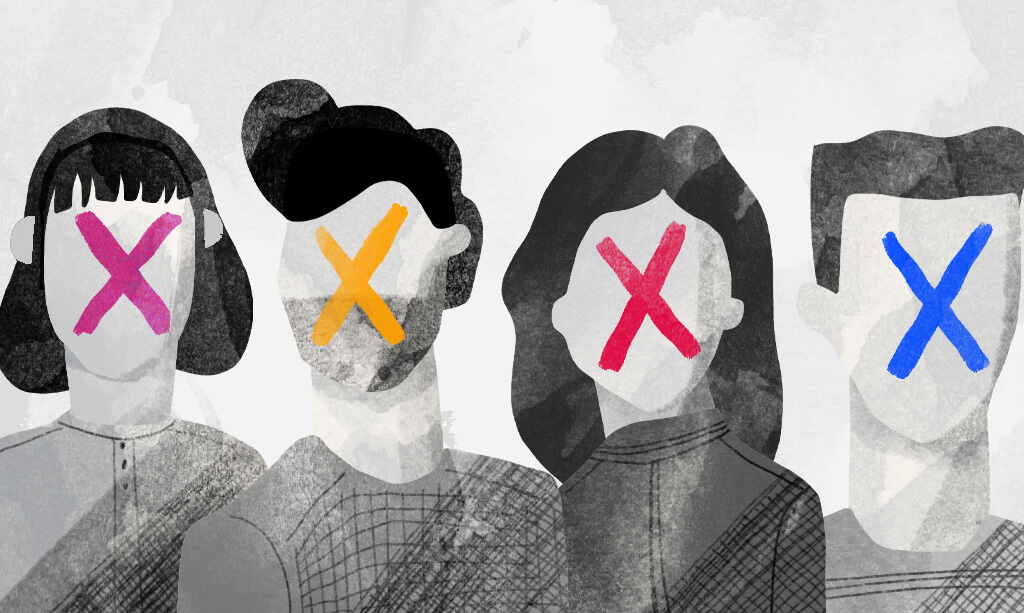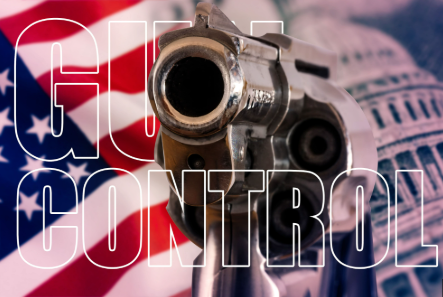
In the sometimes fun, halfway controversial, borderline tiring, and always entertaining State of the Union address, President Barack Obama unveiled his new plan to increase the federal worker minimum wage to 10 dollars and 10 cents an hour while begging companies around the country to follow that precedent. Massachusetts — always leaning liberal — has already proposed and passed an improved minimum wage law that increases the minimum wage by three dollars (from 8 to 11) over the next three years. Democrats, like Senator Mark C. Montigny of New Bedford, are pointing to the current minimum wage as a problem: “Tens of thousands of people are working full time and living below the poverty level,” Montigny said. “It is inexcusable.”
Even though some of his colleagues might argue that even 11 dollars an hour is below the poverty line, the increase from 8 dollars an hour — a 120 dollar a week increase, assuming a 40 hour workweek — is exponentially better.
However, the opposition — led by Jon B. Hurst — has cited the economic reasons for having problems with the proposed bill: the higher the minimum wage, the lower the demand for workers and the higher supply of workers offering themselves for lower-level type jobs, which causes an increase in unemployment. Economics 101.
This problem is as fundamental as it gets in American politics: Democrats fight for the blue-collar worker in his search for a job that provides a livable wage, while Republicans fight to defend the rights of the big business and the people who run it. And the choice is clear: it’s time that we raise the paltry, existing minimum wage and throw out the supply and demand graphs. Pay the workers.
Let’s look at McDonald’s, with 1.7 million employees worldwide. Obviously not all of the 8 dollar an hour workers are actually trying to live off that 8 dollars — the 16 year old kid working behind the counter presumably still depends on his or her parents to provide a decent living — but many do. And for those people that are living off of 8 dollar an hour wages, isn’t it nearly impossible to scrape by with that income? In an effort to prove just the exact opposite — that it is possible to live with 7.72 dollar wages — McDonald’s found that you can pay all of the ‘normal’ bills, save a little, and still end up with 800 dollars of spending money left over. Great, right?
But — if you can tell from what I believe to be glaring sarcasm — this study was just about the laughingstock of statisticians everywhere. In the Atlantic’s “McDonald’s Can’t Figure out how its workers survive on minimum wage,” Jordan Weissmann picked apart the problems with the study. Firstly, it assumed that McDonald’s workers had a second job that is only 140 dollars less per month (so basically, McDonald’s assumes their lower paying employees work two full-time jobs). And, of course, this fictional employee would not need to pay their heating bill — or was it included in their 600 dollar a month rent, when the average American pays just over 1,000 dollars in rent every month? And healthcare? McDonald’s assigned 20 dollar a month healthcare to this employee — even though McDonald’s offers 12.58 dollars a week for their healthcare — and that’s only if this guy has been with the company for over a year, because otherwise it’s 14 dollars a week. And I’m not denying that there are not programs to help these people out — Medicaid and food stamps are two great examples — but Republicans want to severely cut those as well. Talk about killing two people with one political party.
But wouldn’t prices rise? Wouldn’t other employees have to take pay cuts? First, not really. Continually, small increases to the minimum wage have not had a great shift on prices: that’s why Massachusetts is planning on augmenting the minimum wage gradually over three years. And secondly, there’s something to be said about a CEO making over 20 million dollars a year while his employees can hardly live day to day.
This business model is not independent to McDonalds either: other members of the fast food industry, as well as other American companies, are maintaining massive profits while still paying their workers an above average salary.
For example, President Obama cited Costco in his State of the Union, which has made a name for itself by paying its workers above the minimum wage to decrease employee turnover and boost employee morale. Obama pleaded to companies to follow this business model, which still retains massive profits and keeps the workers’ wage quite high (at least compared to the minimum wage). The prices of a Big Mac may rise, but employees can make a 11 hour minimum wage with a little restructuring and a slight increase in productivity. Consider it charity, helping the poor by giving some of your own money away, except without the tax deduction. But that’s a different story.














